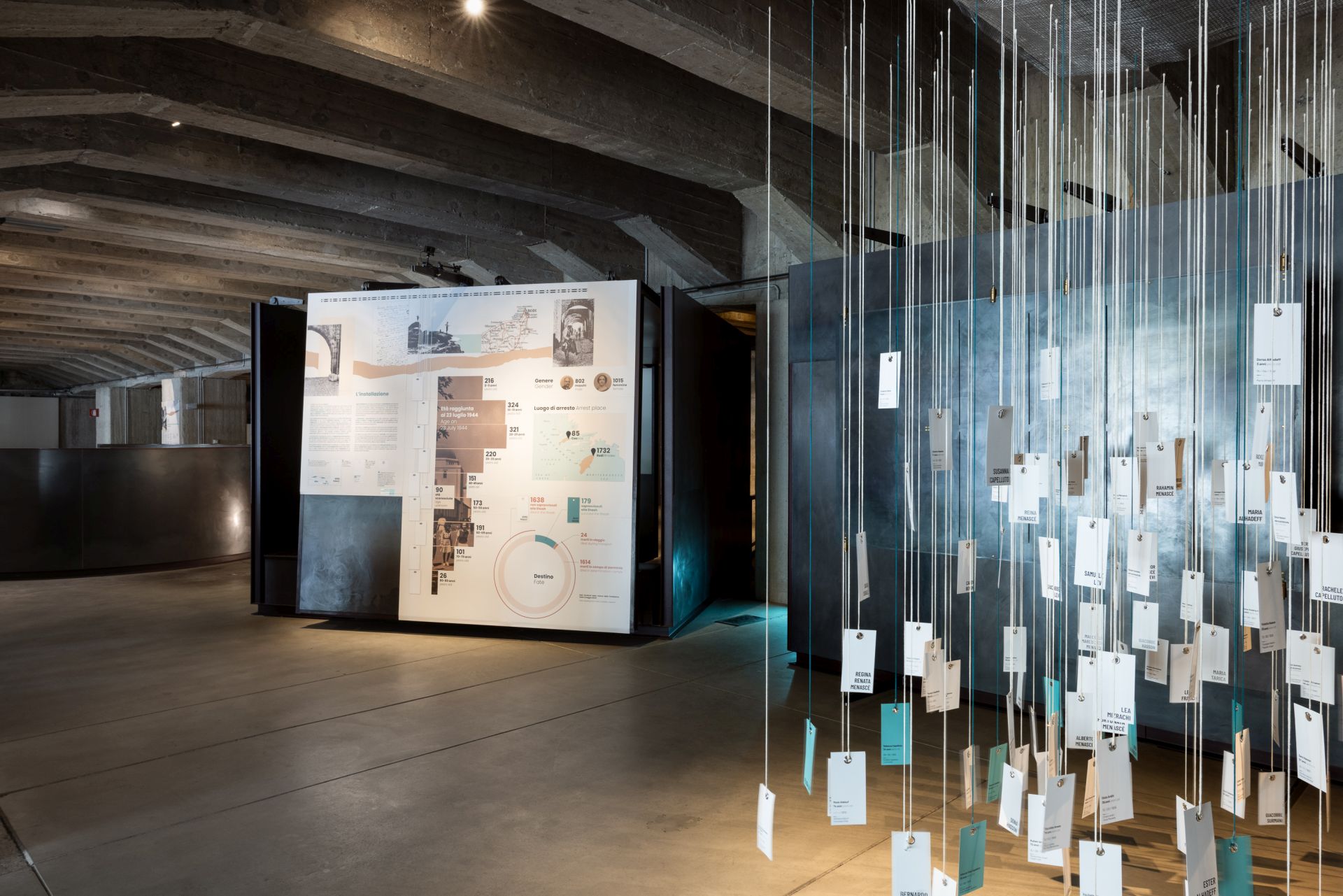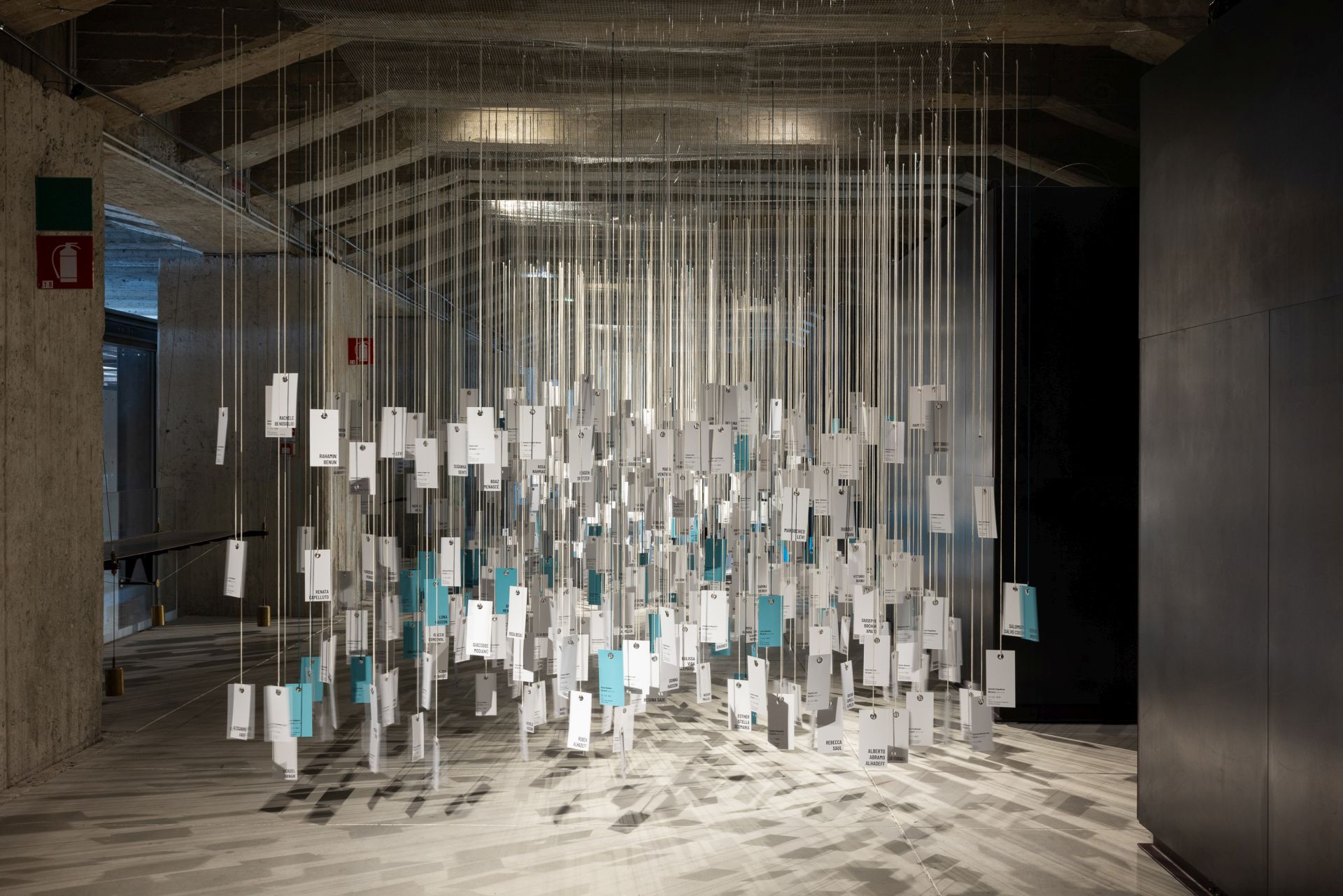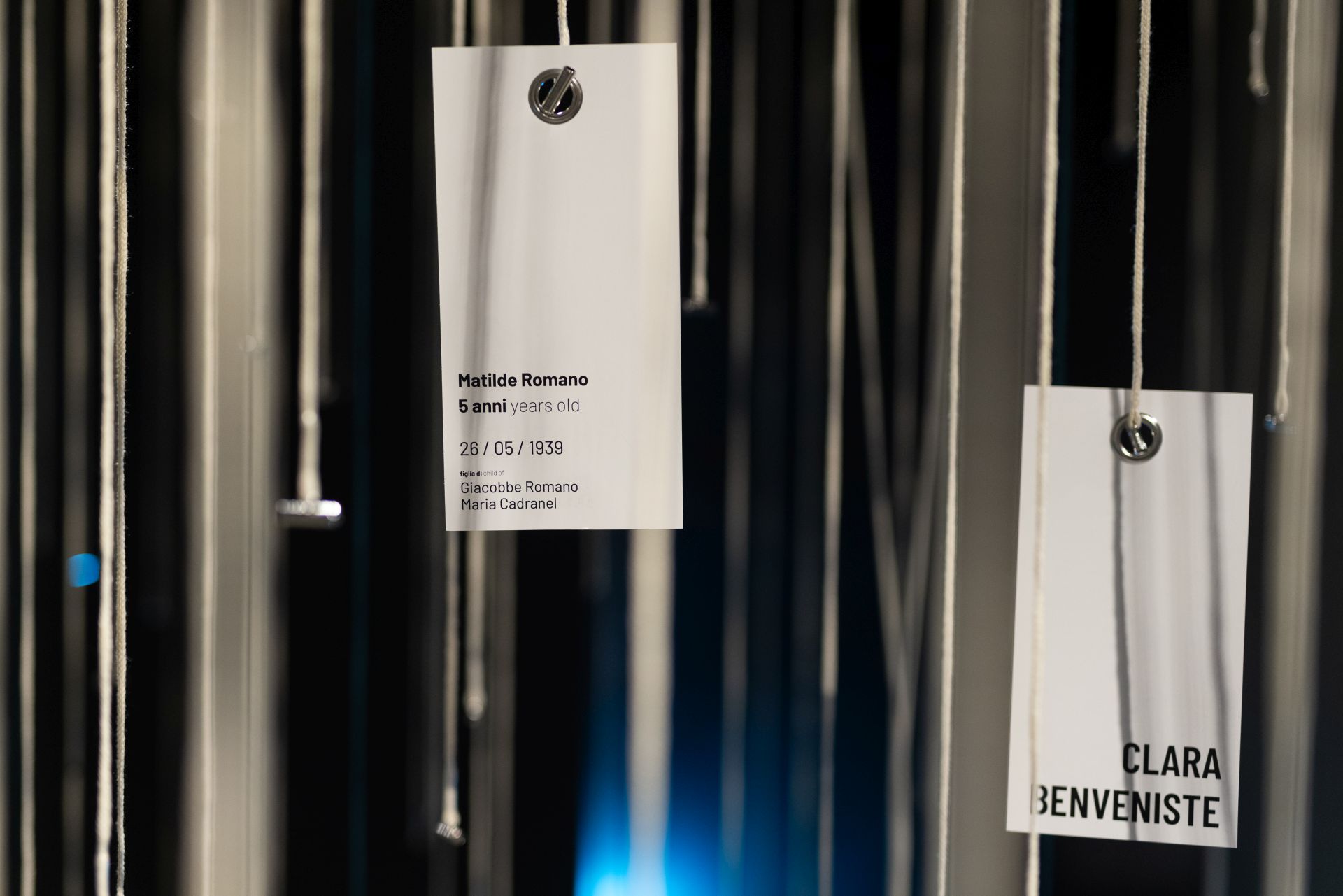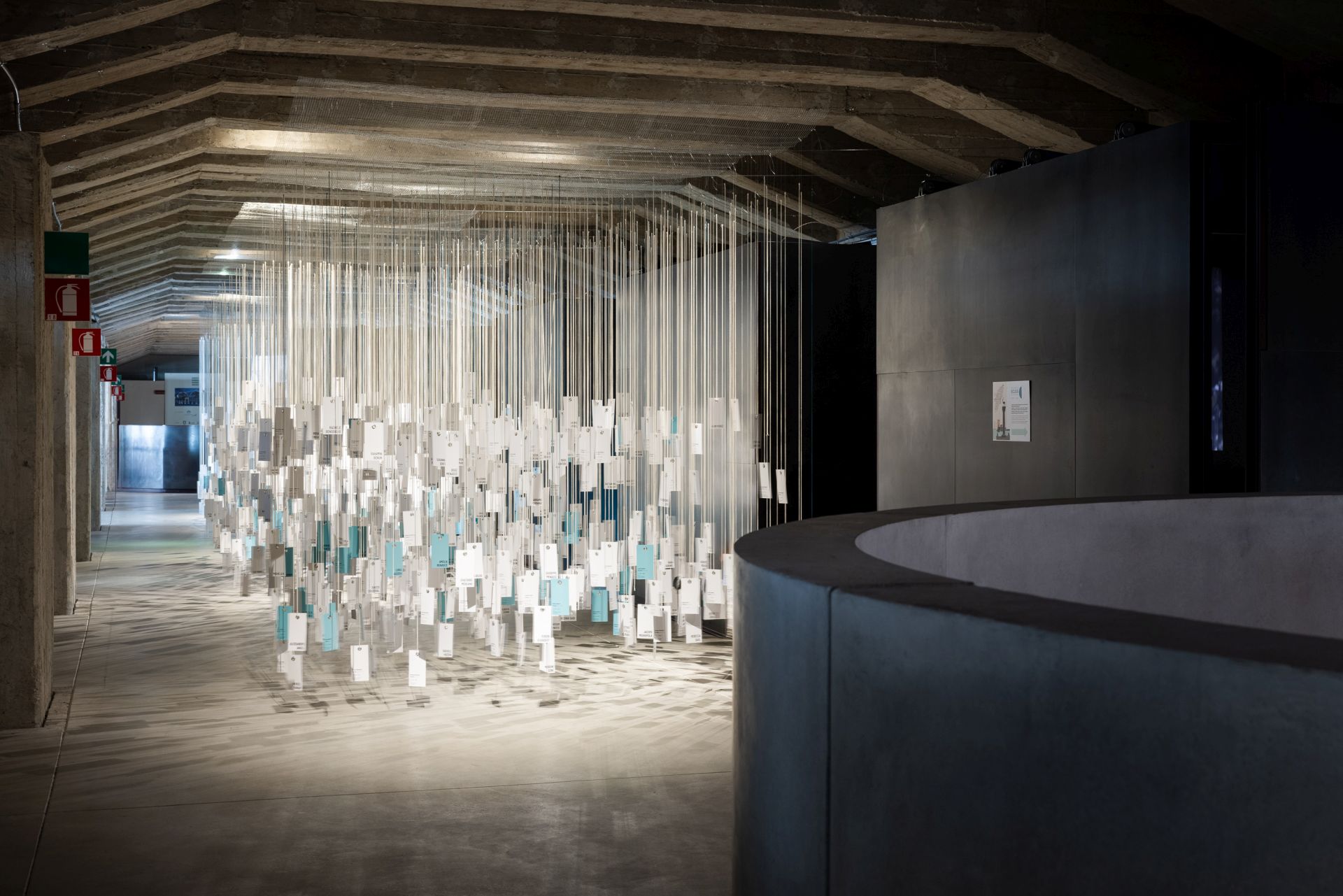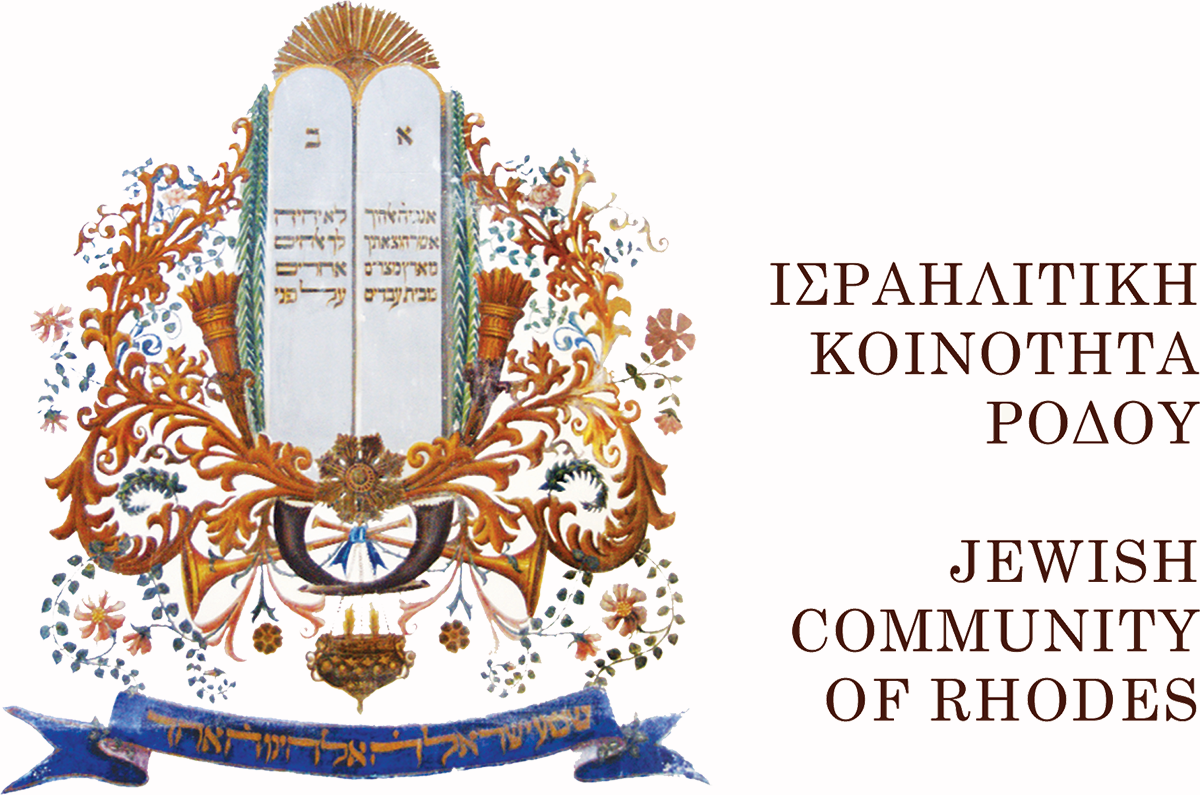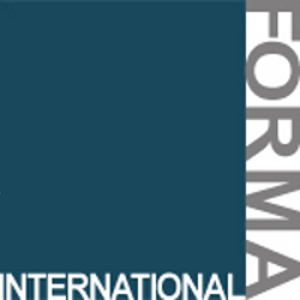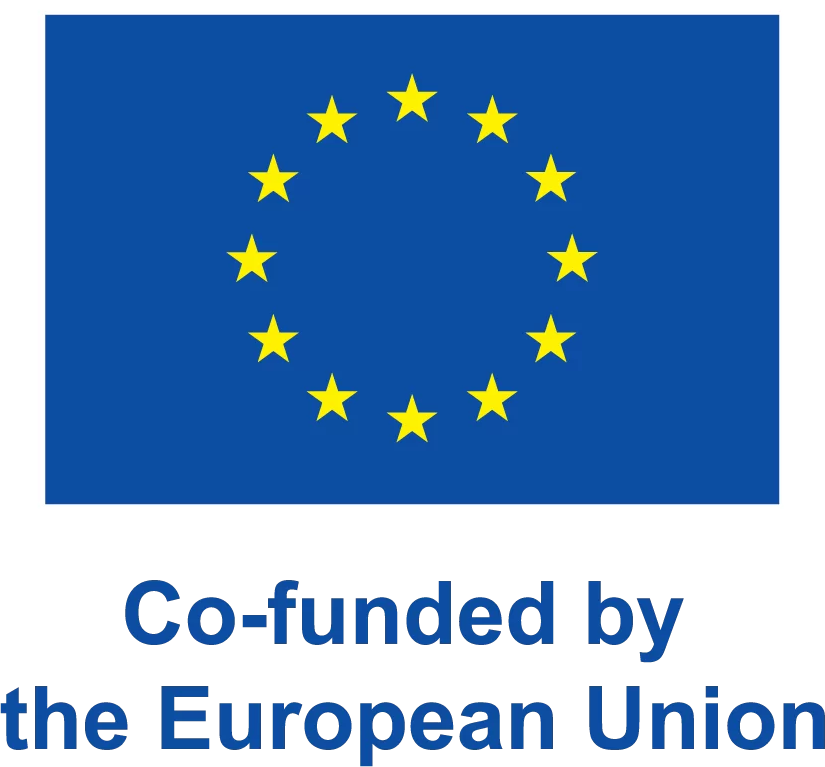Home » The project
The project
Sunshine is a constant presence in Rhodesli memories, like a brilliant backdrop that lights up their stories.
With the onset of discrimination, persecution and finally deportation at the hands of fascists and nazis, a dark shadow fell across the Jewish community of Rhodes and Kos.
Hence the concept of eclipse, a metaphor for the way that a Jewish presence was wiped out in the space of a few hours, only – unlike so many other communities – to reappear and survive elsewhere, on and far from Rhodes, beyond the Shoah, in the traditions and the memory of a community still settled around the world in various countries.
That diaspora provided the template for the project: in the institutions involved, in the attempt to transcend language barriers and open a direct channel with descendants and any others who may be able to contribute documents and materials to an ongoing research process.
Using both a physical installation and a web portal, both fully accessible in Italian and English, the project aims to visualize, in a variety of formats, the results of years of research by the CDEC Foundation based on published and unpublished sources: documents, photographs, audio/video and memoir literature from the Foundation’s own historical archive and from major Italian and international archives.
The objective is to reconstruct the identity of the 1,817 deportees, restoring to each their name, date and place of birth and the names of their parents.
In the temporary installation, open in Milan from 10 May to 2 September 2024, that task is symbolically entrusted to visitors, too, who are called upon to fill the gaps in a history and memory that must otherwise become blurred in outline and diminished in significance for our present time.
Inside and outside the physical space of the installation, the digital portal offers content and tools to explore this story from different points of view.
The installation
The concept for the installation was to offer a visually impactful representation of the sheer number of deportees, with their names and ages, and the very limited number of survivors. It is designed to actively engage visitors as they move through the vertical elements hanging down, one for each of the deportees. Their length varies in accordance with their age on the day they were deported, 23 July 1944.
The installation aims to create an immersive and participatory experience, bringing together as closely as possible past and present, women, men, the children and the aged of yesterday and today, in a historical framework that involves us from multiple perspectives.
For that very reason, the installation has deliberately been left unfinished. If visitors do not engage directly with it, then it will remain merely a metaphor for an event whose outlines are becoming blurred in an ever more distant past.
Every visitor is therefore called on to contribute by taking a printed card from the container underneath and attaching it to one of the strings in the installation. The cards represent the 1,817 deportees, each bearing a name, date and place of birth and parents’ names. These are the essential data for identifying individuals in historical research and, in this way, visitors can both see and feel the work of reconstruction.
The lengths of string hanging down to which visitors must attach cards have ten different lengths, matching the different age groups of the deportees. The idea is to make it immediately obvious how many children and adolescents, together with younger adults and elderly men and women were deported on that one day. The shorter strings are for the younger deportees, the longer for the older.
There are also strings of medium length, which represent persons whose date of birth is still unknown, so their age when deported cannot be established.
The cards are in different colours, to highlight the impact of the Shoah on the community: white for all those who did not return; turquoise green for the 179 who survived. The turquoise green stands for the sea, which was such so important both in life on the islands, and in the deportation of Judaism from the Italian Possessions in the Aegean.
This, indeed, was one of the few deportations which took place, at least in part, by sea. That is one reason why we decided the installation should be immersed in the sound of the waves, which, thanks to the ambient effects of the Shoah Memorial’s location, is drowned out, now and again, by the racket of trains passing in and out of the Central Station overhead.
On the back of some of the turquoise green cards is a QR code. By scanning this with a phone or mobile device, visitors can access a short video with excerpts from interviews recorded by the CDEC Foundation, in which survivors tell in their own words, with their own voices and gestures, particular moments of their own stories.
At the end of the installation, a selection of archive films and audiovisual materials connect the story of the Jews of Rhodes to the history of Italy, Fascism and the experiences of Jews deported from Italy itself.
The web portal
The online portal has been set up as a permanent learning space, complementing and enhancing the installation experience both during and beyond its period of opening. The objective is to raise awareness, on an international scale, of the deportation of Jews from the Italian Possessions in the Aegean, by presenting content designed for various audiences.
The purpose of the Monument is to create a commemorative space, providing a point of convergence for the results of our documentary research which, at the same time, is open to receiving new contributions from continued scholarship or the public.
The portal is designed to be continuously updated and expanded, as an interactive platform where users, via crowdsourcing tools, can report and contribute relevant data and new documents and materials for research.
The Advanced Search space is intended to provide a tool for scholars, students, descendants and historical enthusiasts seeking to ascertain the fate of an individual deportee, or to derive a statistical overview from summary and analysis of data carried out by the CDEC Foundation.
The section on the Historical Context aims to outline the principal dates and events in the experience of the Jewish deportation from the Possessions, in a schematic format made more impactful by the inclusion of photographic, textual and audio/video resources.
Credits
Jews of Rhodes
The eclipse of a community
1944 - 2024
A project by
Curated by
Sara Buda e Daniela Scala
Historical consultant
Liliana Picciotto
Art direction
Sara Radice
Web development
Fabio Sturaro
Communication
Talia Bidussa
Jasmine Ferrario Sardi
Events Office
Matteo Lanuzza
Translator
John Young
Video material
Archivio Storico Istituto Luce
Ruggero Gabbai e Chiara Passoni per Forma International
Marcello Pezzetti
Generously funded by
Ester Menascé Fintz
Samuele Menasce
In collaboration with
In partnership with
Fondazione Museo della Shoah, Rome
Rhodes Jewish Historical Foundation, Los Angeles
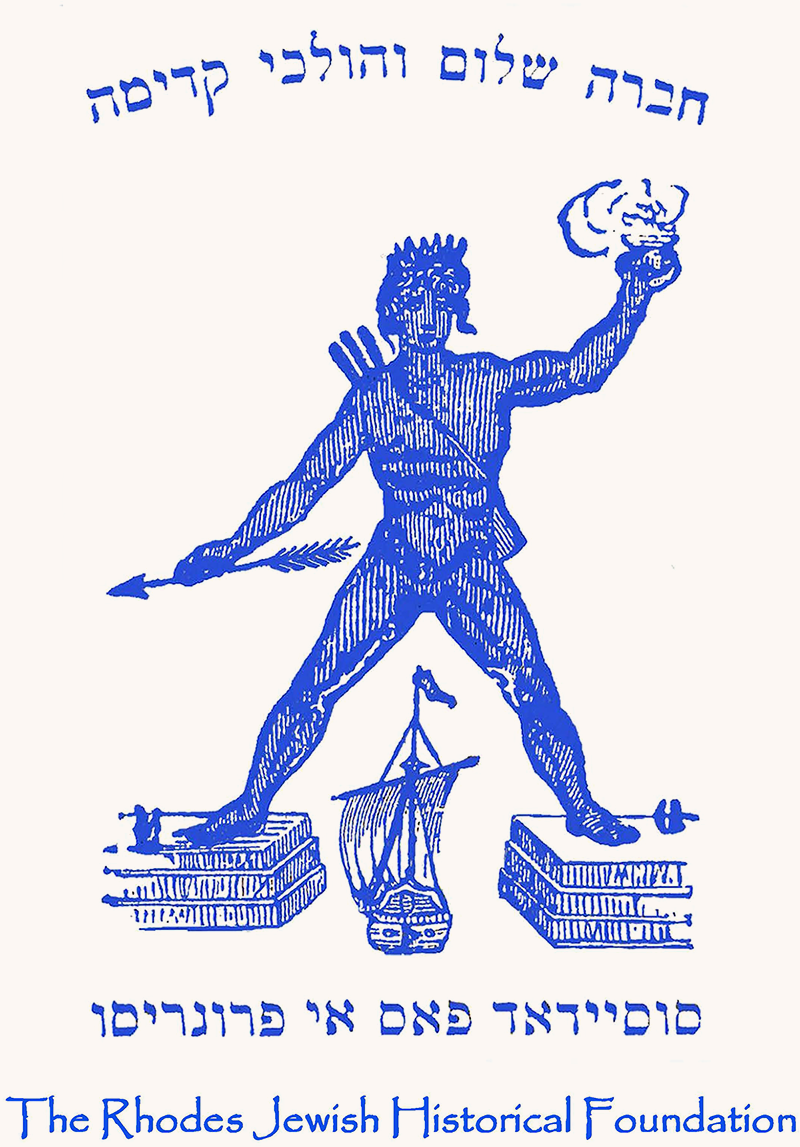
Jewish Museum of Rhodes, Rhodes
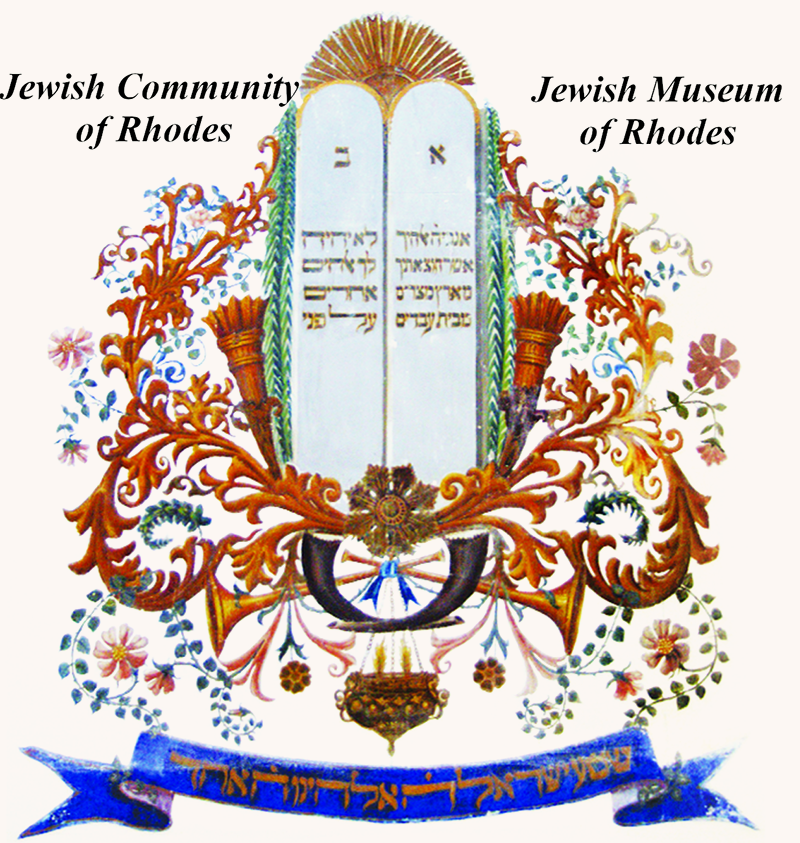
Yad Vashem Archives, Jerusalem
Under the patronage of
Comune di Milano

Milano memoria
Ministero della Cultura
Unione delle Comunità Ebraiche Italiane UCEI
Based on research into deportations of Jews from Italy by the CDEC Foundation, led by Liliana Picciotto with the collaboration of Alberta Bezzan.
In memory of Ester Fintz Menascé
Thanks are due to
Silvia Angelini, Viareggio
Jacqueline e Myriam Benatar, Brussels and Jerusalem
Alessandra Borgese, Milan
Laura Brazzo, Milan
Manuela Buaron, Milan
Murilo Cambruzzi, Milan
Giovanni Carrada, Rome
Marco Clementi, Milan
Ornella Coen, Milan
Carmen Cohen, Rhodes
Nehama Cordoval, Rome
Angelo Da Fano, Perth
Irene De Francesco, Milan
Simonetta Della Seta, Jerusalem
Richard Di Castro, Rome
Marco Di Porto, Rome
Micaela Felicioni, Rome
Enrico Franco, Milan
Davide Alberto Galante, Rome
Deborah Galante, Rome
Luisa Rebecca Galante, Rome
Aron Hasson, Los Angeles
Natalia Indrimi, New York
Federico Limonta, Milan
Fabio Lopez, Milan
Andrea Mazzarella, Milan
Colette Menasce, Montreal
Sara Menascì, Rome
Vanda Maestro, Milan
Iael Nidam-Orvieto, Jerusalem
Jonathan Pieri, Lucca
Claudia Restis, Athens
Fabio Riveruzzi, Rome
Anna Saralvo, Milan
Francesco Scalora, Padua
Marco Soria, Milan
Giovanni Steinwurzel, Milan
Claudia Terracina, Rome
Matteo Zannoni, Rome
Department of Cultural Heritage: Archaeology, History of Art, Cinema and Music of the University of Padua – Digitized archive project of the daily newspaper Il Messaggero di Rodi
ISREC – Historical Institute of the Resistance and the Contemporary Era, Province of Lucca .
The staff of the CDEC Foundation and of the Shoah Memorial of Milan, the Friends of CDEC and all those who in so many ways have contributed to the completion of this project.


